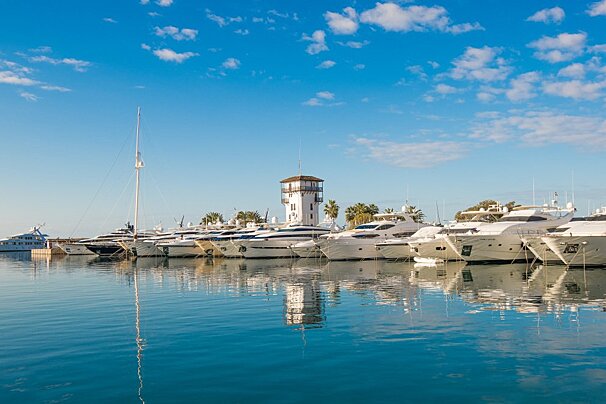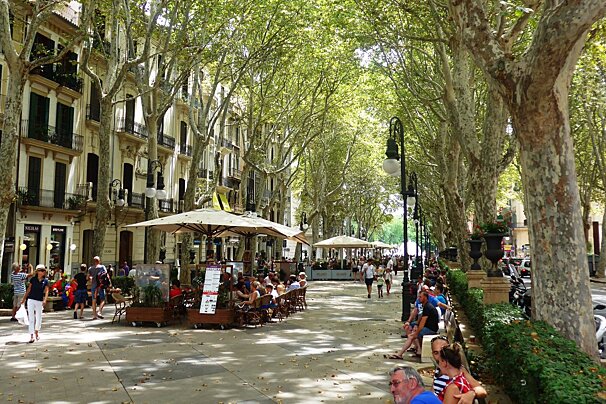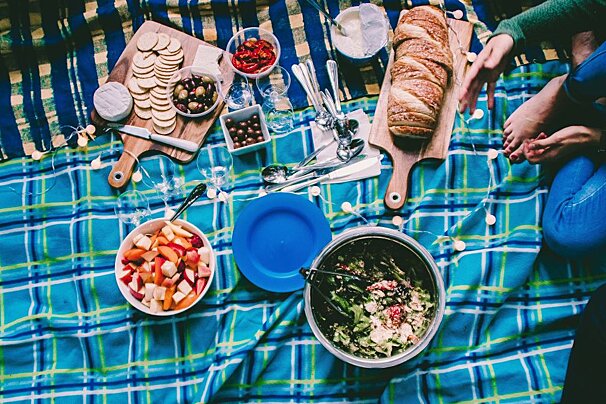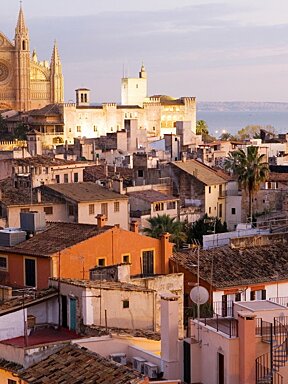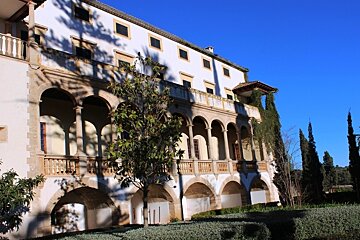
© Illes Balears Film Commission

© Illes Balears Film Commission

© Illes Balears Film Commission

© Illes Balears Film Commission

© Illes Balears Film Commission

© Illes Balears Film Commission
Raixa Estate, Bunyola
Magnificent country estate in the foothills of the Tramuntana mountains
Raixa is a marvellous country mansion with gardens, parts of which date back to the 13th century. The house has passed through several noble families through the centuries, and was transformed to its present Italian style villa in the 18th century.
The origins of Raixa date back to an Islamic farmstead of which only the place-name remains. After the conquest of Mallorca by King James I of Aragón in 1229, these lands were granted to the count of Ampurias. During the Middle Ages, the property was owned by the Sureda de Sant Martí and Safortesa-Tagamanent families. The latter carried out a reconstruction at the beginning of the 16th century. The vault of the chapel and the porch of the courtyard are from that period.
In 1522 the house was burnt down by the followers of “las Germanías”, who supported the social struggles, because the owner at the time, Pere-Joan Safortesa i Descatlar supported the royal cause. During the last refurbishment of the house, traces from the fire have been discovered in a Gothic window inside the main room.
The first count of Montenegro, Ramon Despuig i Rocaberti, purchased Raixa in 1660, and from that time onwards, Raixa became the emblematic family estate. In the 18th century the houses were renovated and extended by the successive counts, as it was customary during the Baroque period. Dating from that time are the leisure gardens “les Llimoneres”, “La Gruta” and “Hort Nou”, already documented in 1740.
The estate consists of several homes arranged around a central courtyard, with several farm buildings. It is worth mentioning the south gallery, which was built around 1808, as well as the courtyard, around which the characteristic estate dependencies, such as the oil mill, the stables, the sharecroppers dwellings, etc., are distributed. An special mention must be made of the room where, according to tradition, Santa Catalina Tomàs stayed in the 16th century, when as a young girl she was part of the Safortesa-Tagamanent domestic service.
The present gardens date to the 19th century, and feature a large pond, the gardens of Apollo and the southern gardens. To the east lie faux 'ruins' (common for this period) such as a manmade grotto, a neo-Arabic view point and a neoclassical temple.
When to come
In July, August and the first half of September, Raixa opens from Tuesday to Saturday from 10:00 to 14:00.
How to get passes
Entrance is free, both for visits and guided tours. You must book guided tours for groups, at least one week in advance (available in Catalán, Spanish, English and German).
















